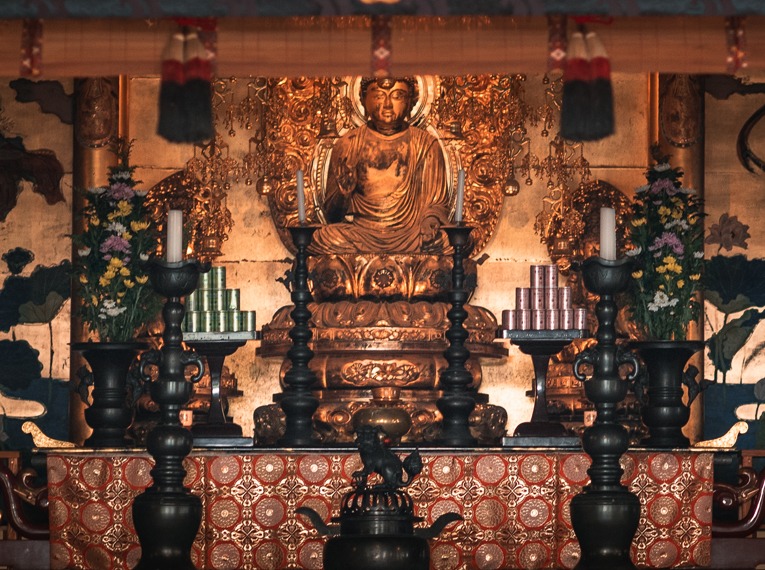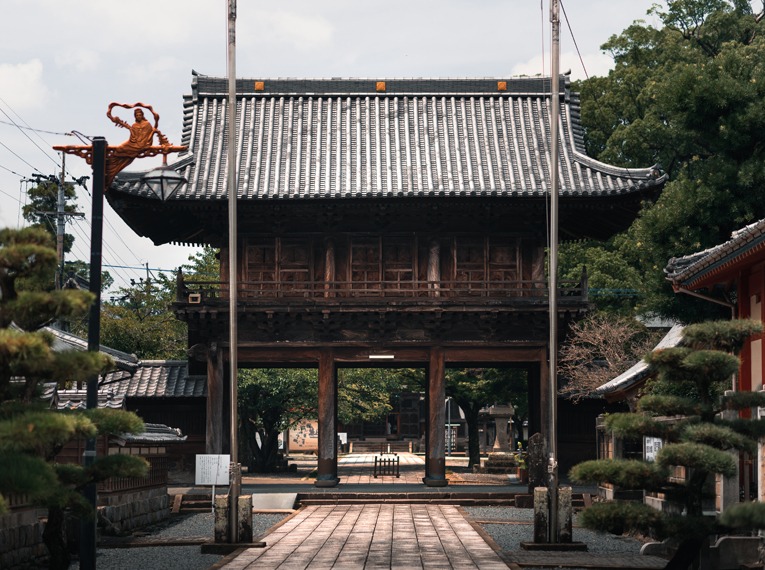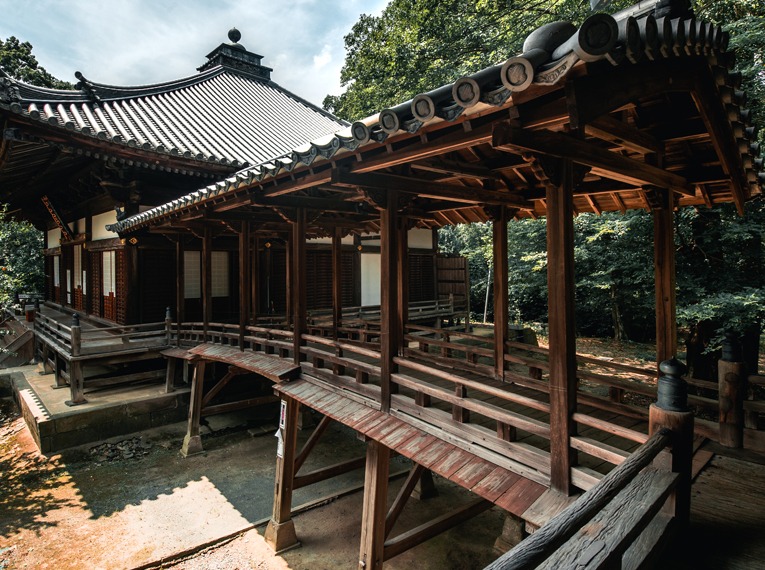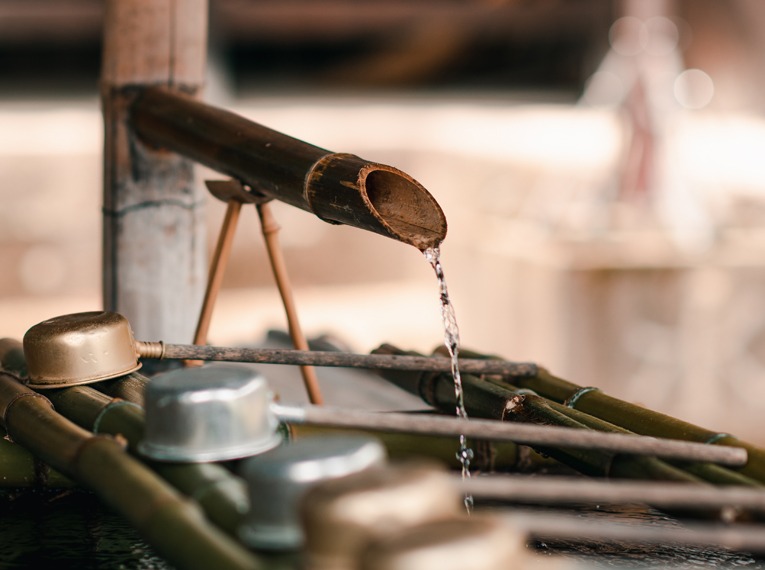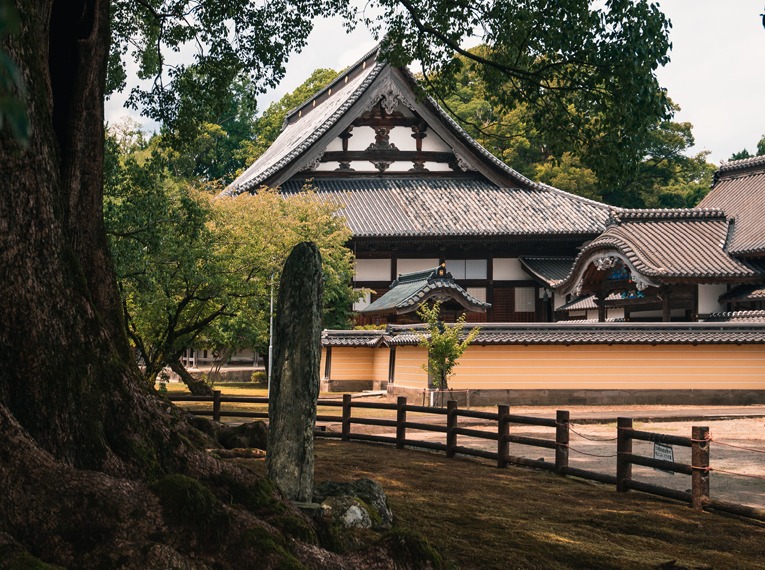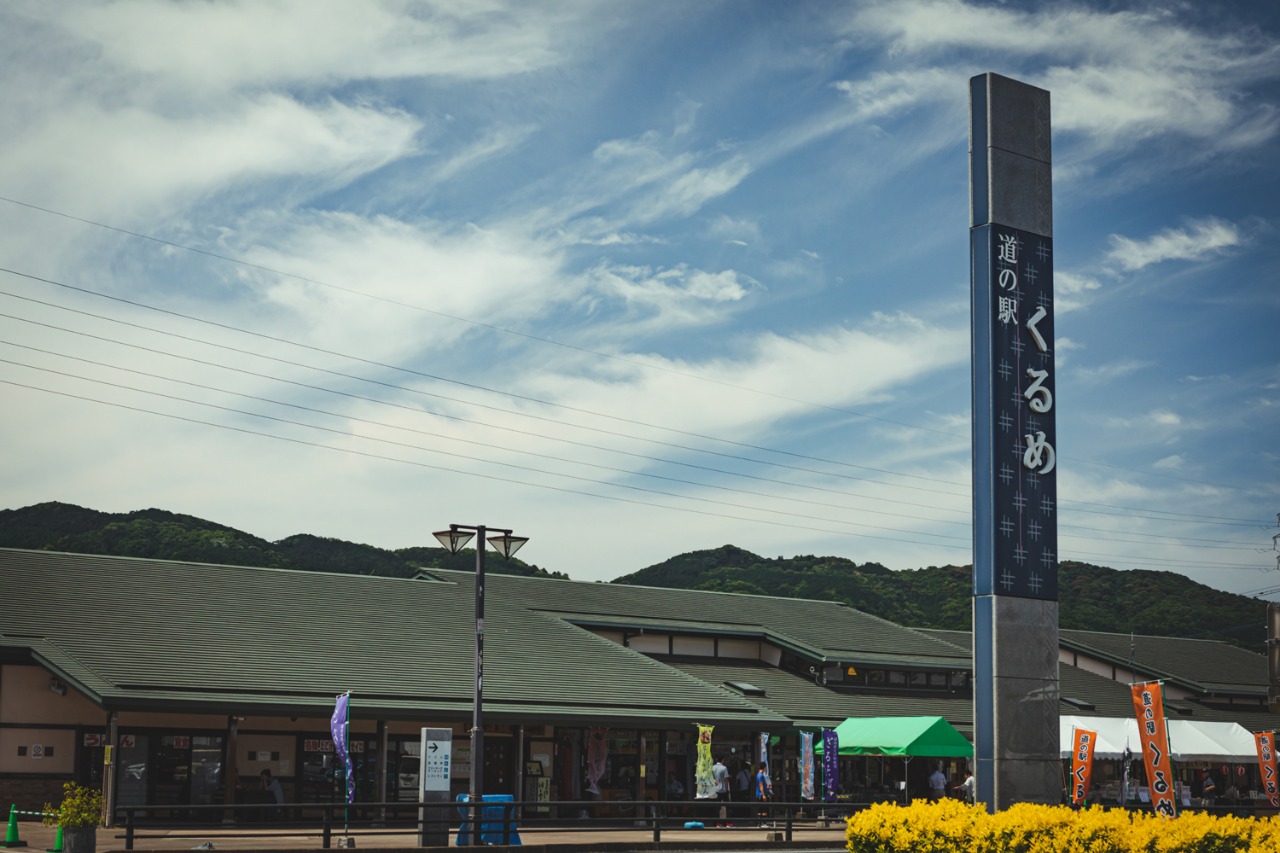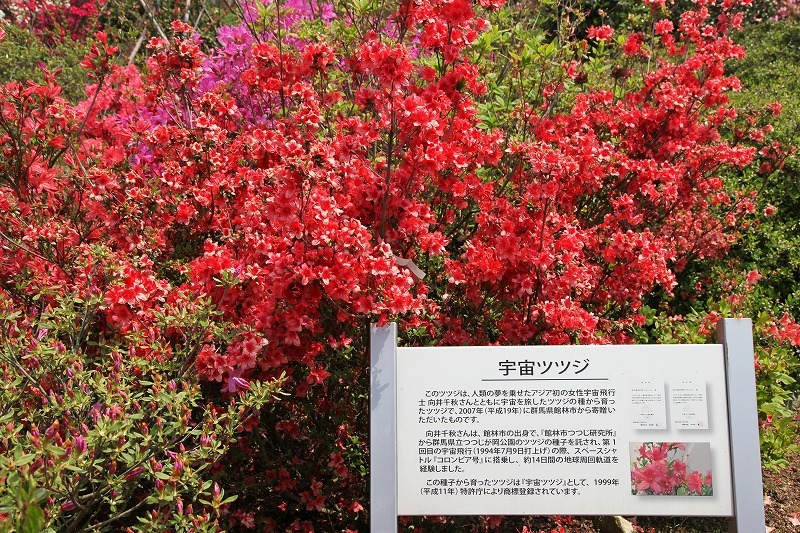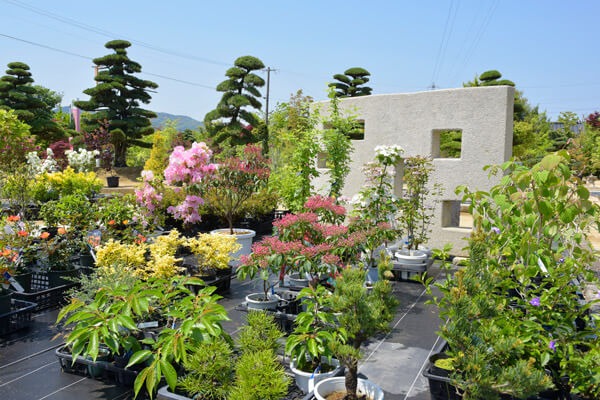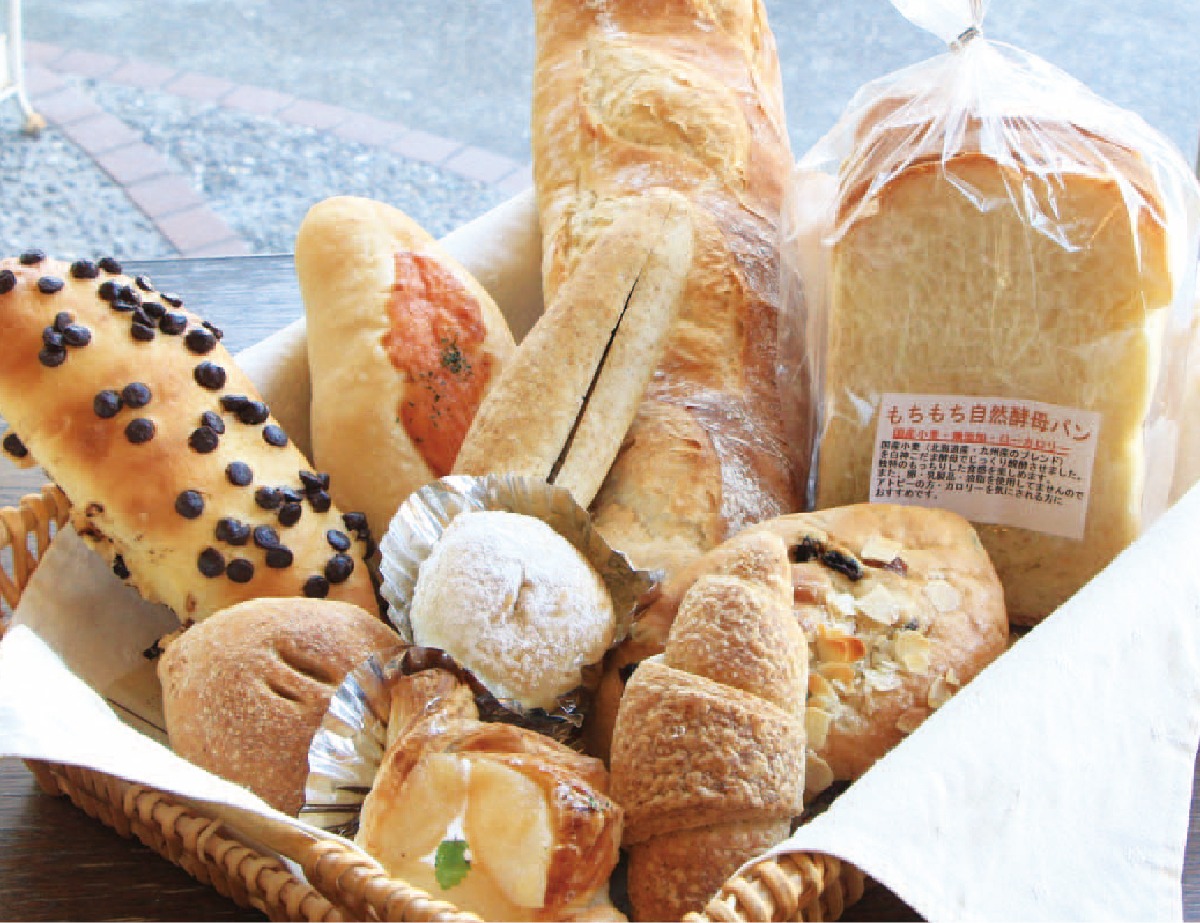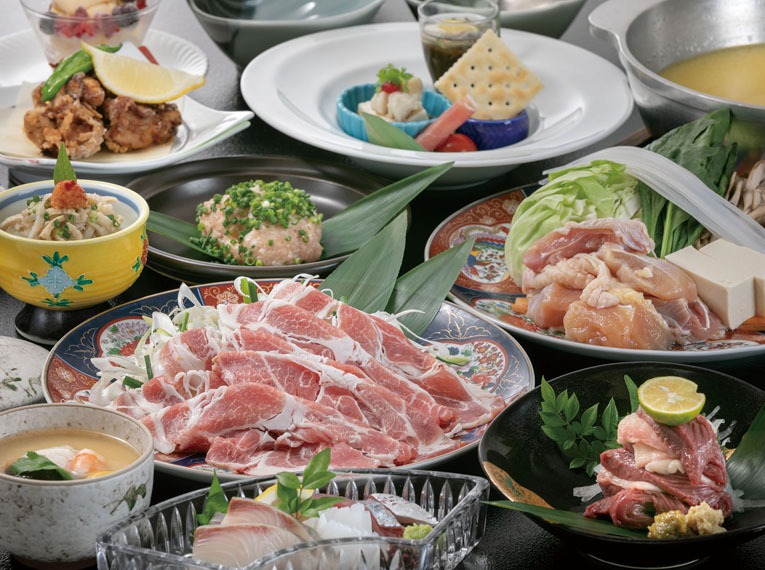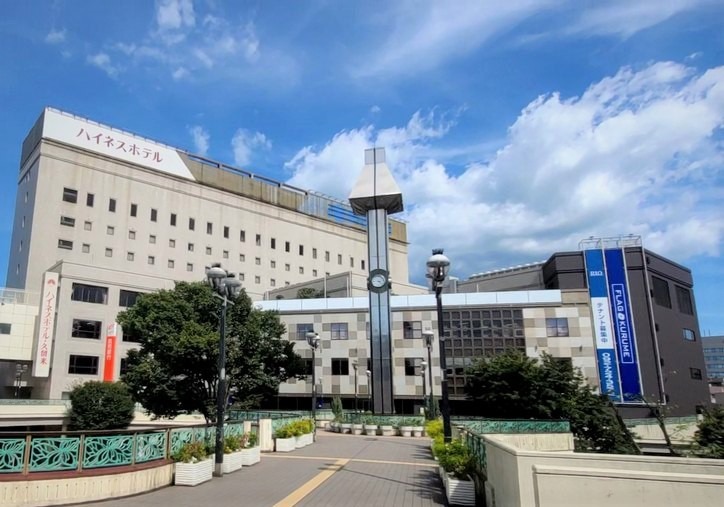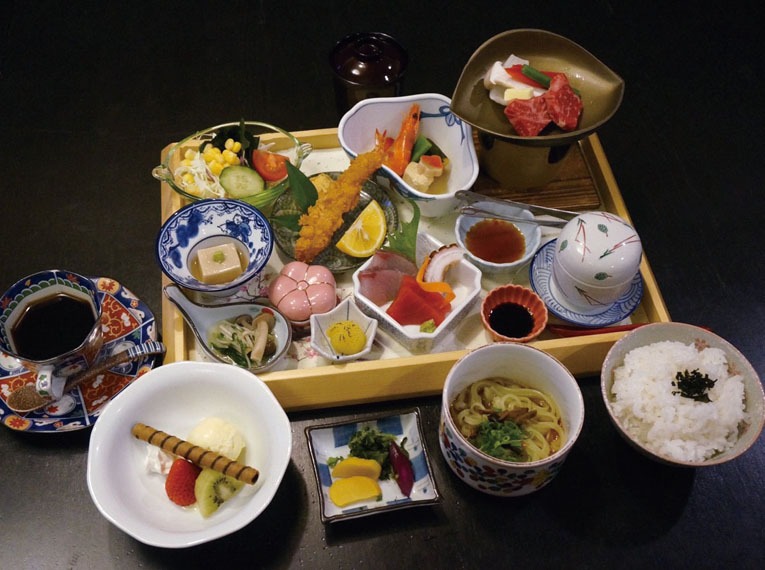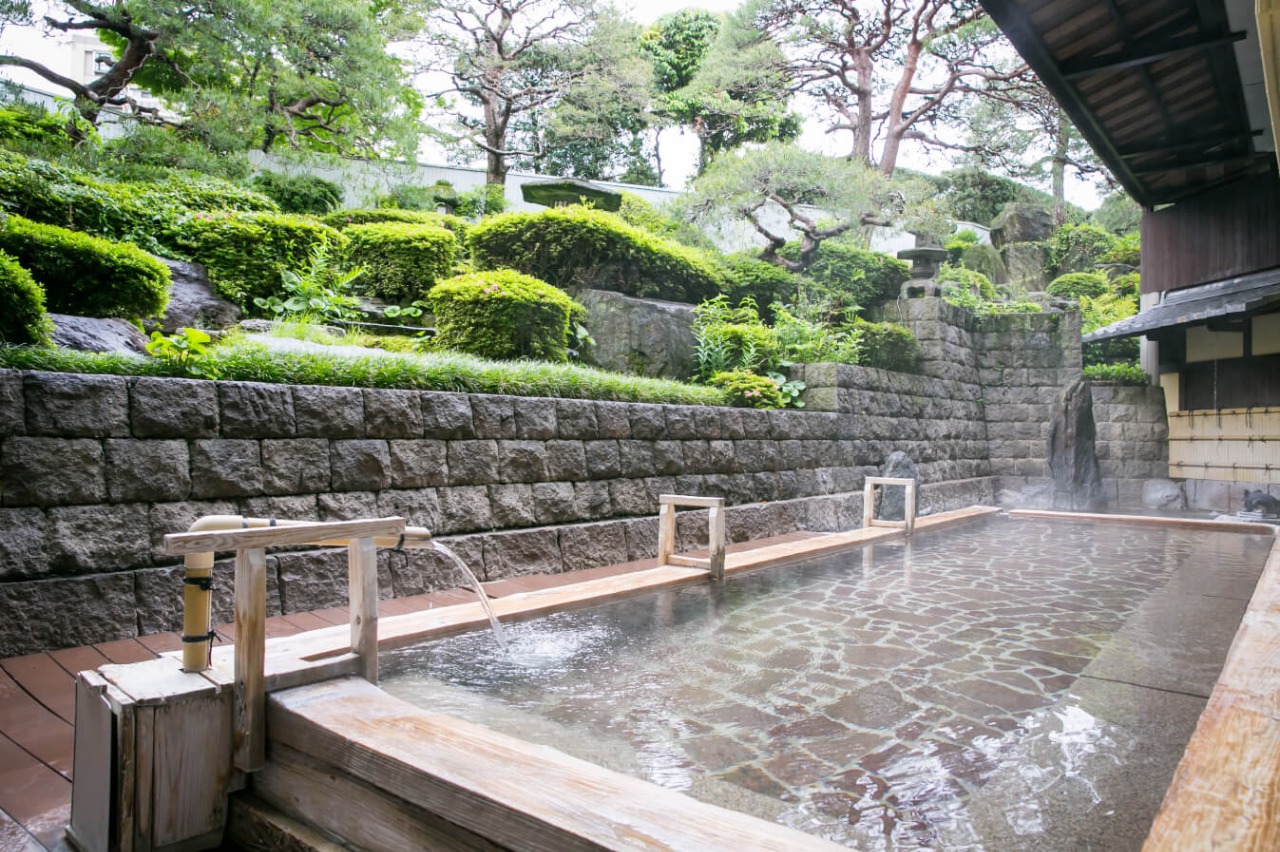- TOP
- Zendoji Temple
Zendoji Temple
- Address
- Iida-550 Zendoji-machi, Kurume-shi
- Inquiries
- Area
- JR/Nishitetsu Kurume Area (Central Area)
- Genre
- Shrines and temples / Cultural treasures and historic sites
- Parking
- Parking Available
- Access
- ・ Take a Nishitetsu bus number 20 or 23, and get off at Zendoji (善導寺) bus stop. Walk for 5 minutes.
・ By rail, get off at Zendoji Station on the Kyudai Main Line. Walk for 10 minutes.
・ By car, take the Kurume IC via the Kyushu Expressway for 20 minutes.
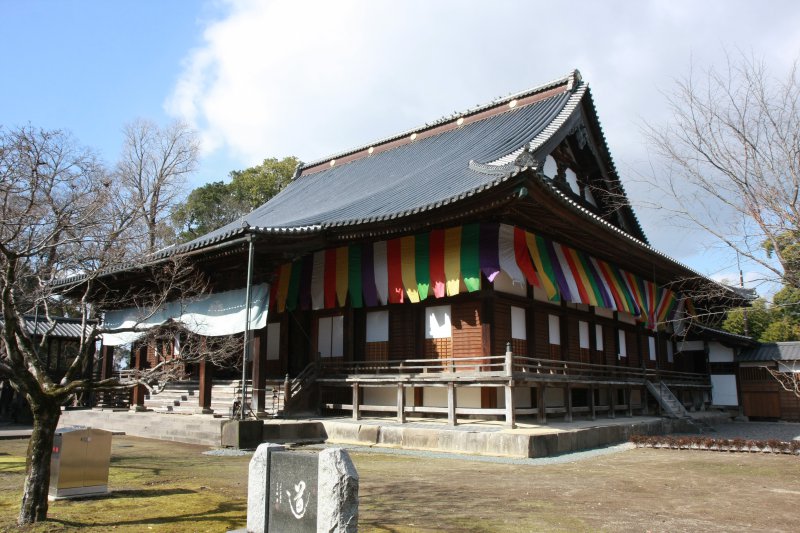
This temple was established in 1208 by Shoko Shonin, the leading disciple of Honen, the founder of the Jodo (Pure Land) Sect of Buddhism in Japan. It was constructed by Nagahira Kusano, the Provincial Governor of Chikugo as a temple for housing the family graves. As the leading temple of the Jodo Sect, it received the formal name of Daihonzan. Go through the gates and on your right, you will see a giant camphor tree, designated as a Natural Monument by Fukuoka Prefecture. The large Buddhist temple bell on your left is a Cultural Asset designated by the prefecture. Both of these treasures lend a solemn atmosphere to the temple grounds. At the back of the temple, the Sansodo Hall enshrines seated wooden statues of Zendo, the Chinese founder of the Pure Land Sect, as well as Shoko Shonin, both of which are Important Cultural Treasures of the Japanese government. Among other treasures of particular renown are a gold-plated contemplation sutra printed on indigo paper (another National Cultural Treasure) as well as a halberd depicting the history of Zendo in Japan, which is a cultural asset of Fukuoka Prefecture. The main hall and gates have also received new designations as National Cultural Treasures. The Bodhi Trees of Zendoji Towering above the other trees within the temple grounds, the giant camphor tree tends to attract the most attention. However, on the western and southern sides of the garden, sacred "Bodhi trees" remain, quietly unobserved. It is said that the Buddha received enlightenment while sitting beneath such a tree over 2,500 years ago. That’s why Bodhi trees are an essential part of Buddhist temple landscapes, and Zendoji’s trees are no exception. From May through June, adorable little flowers bloom on them.
 Sightseeing spots nearby
Sightseeing spots nearby
 Spots for foodies nearby
Spots for foodies nearby
 Events nearby
Events nearby
-
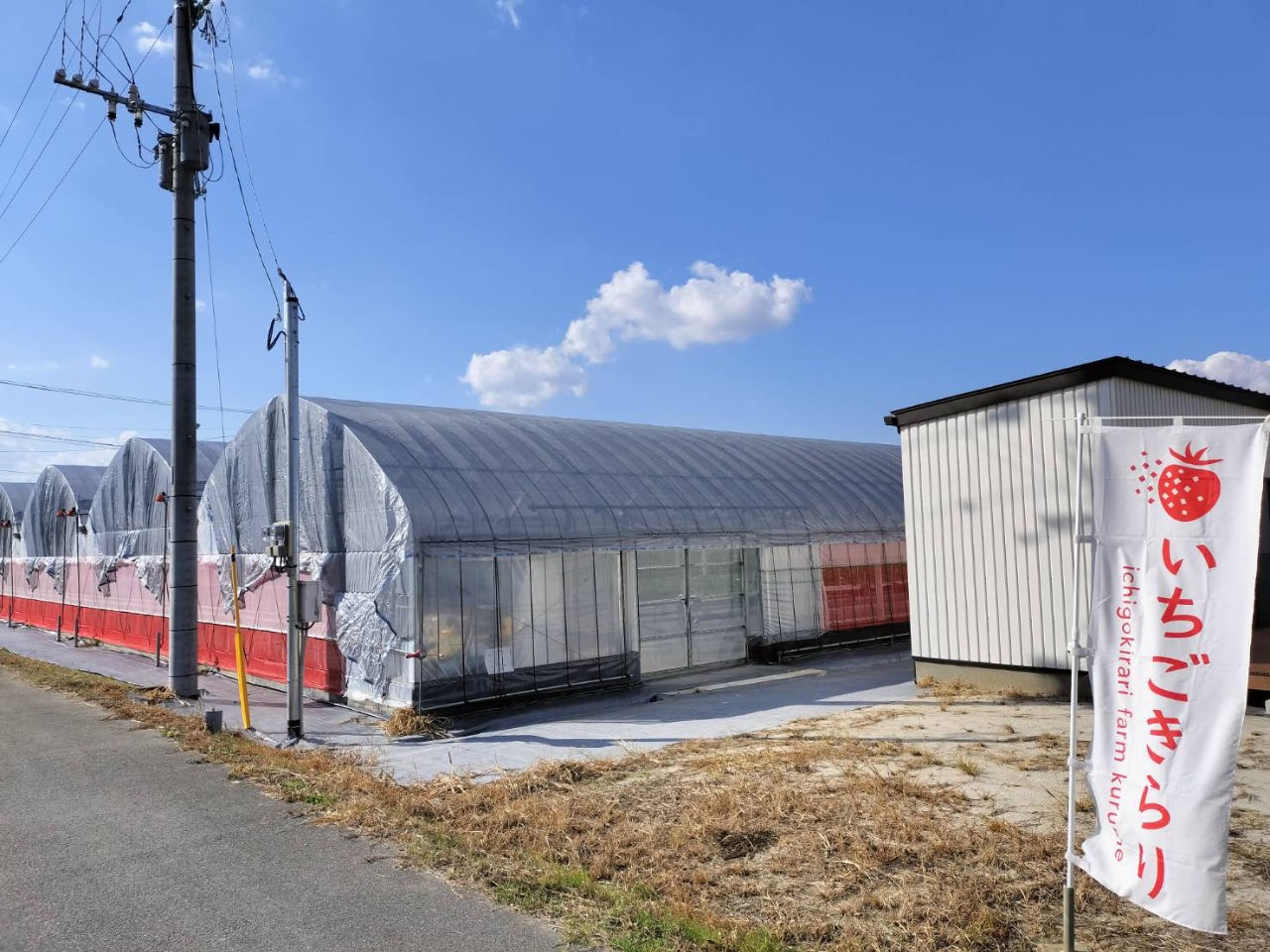 Strawberry Picking (Ichigokirari Minou Village)【Ongoing discount campaign】 24.12.21 ~ 25.05.20
Strawberry Picking (Ichigokirari Minou Village)【Ongoing discount campaign】 24.12.21 ~ 25.05.20 -
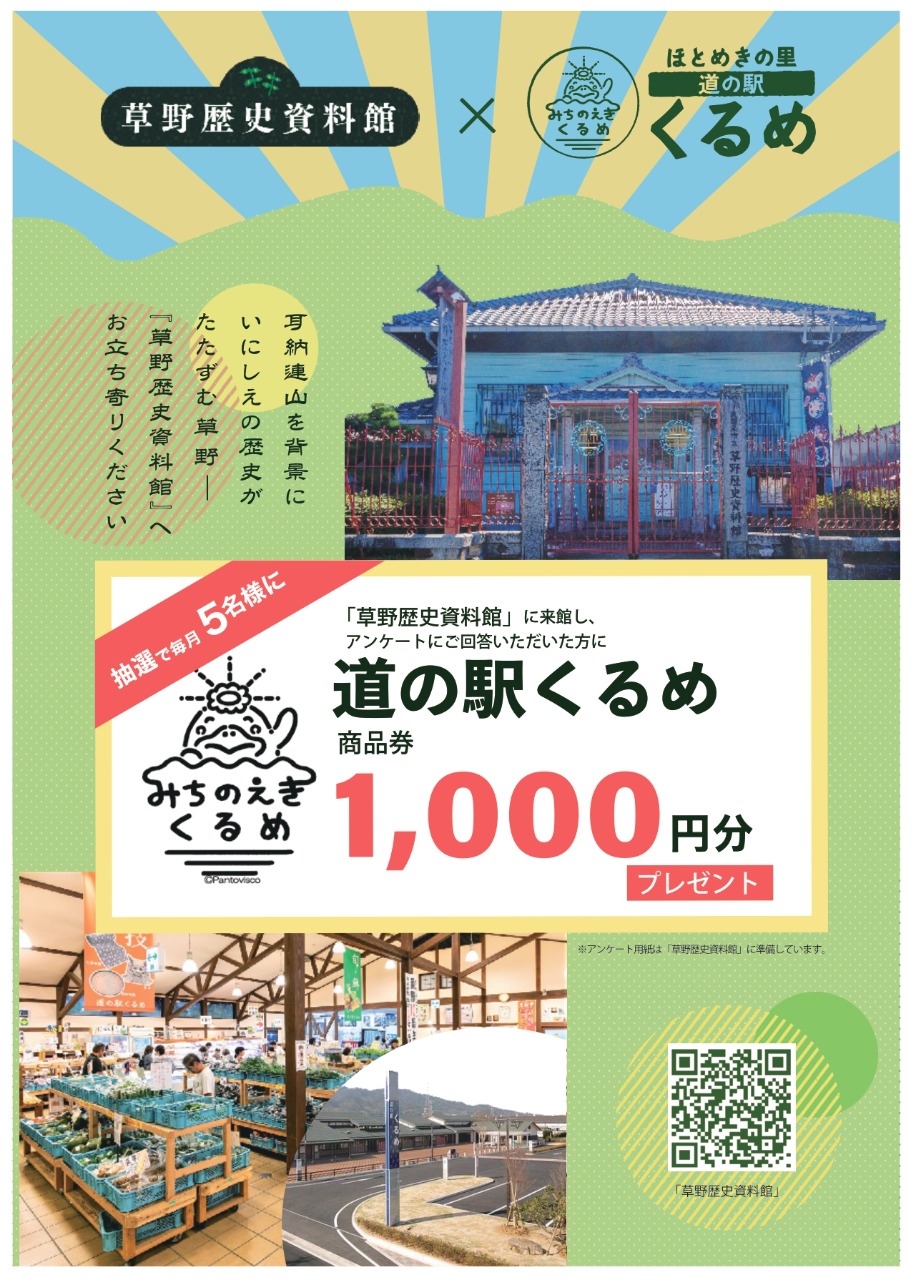 Kusano Historical Museum -Gift campaign in progress- 24.06.01 ~ 25.03.31
Kusano Historical Museum -Gift campaign in progress- 24.06.01 ~ 25.03.31 -
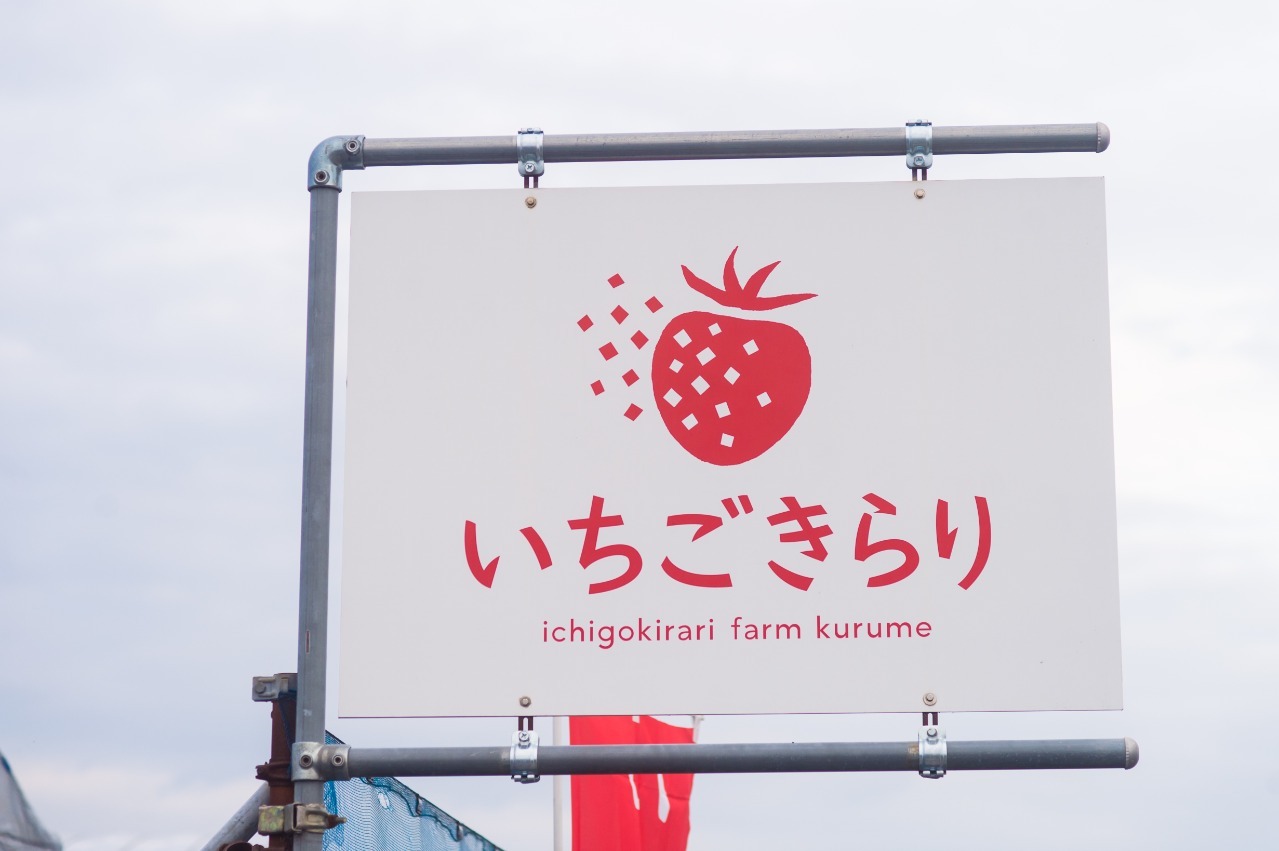 Strawberry Picking (Ichigokirari・Kitano-machi)【Ongoing discount campaign】 24.12.21 ~ 25.05.21
Strawberry Picking (Ichigokirari・Kitano-machi)【Ongoing discount campaign】 24.12.21 ~ 25.05.21 -
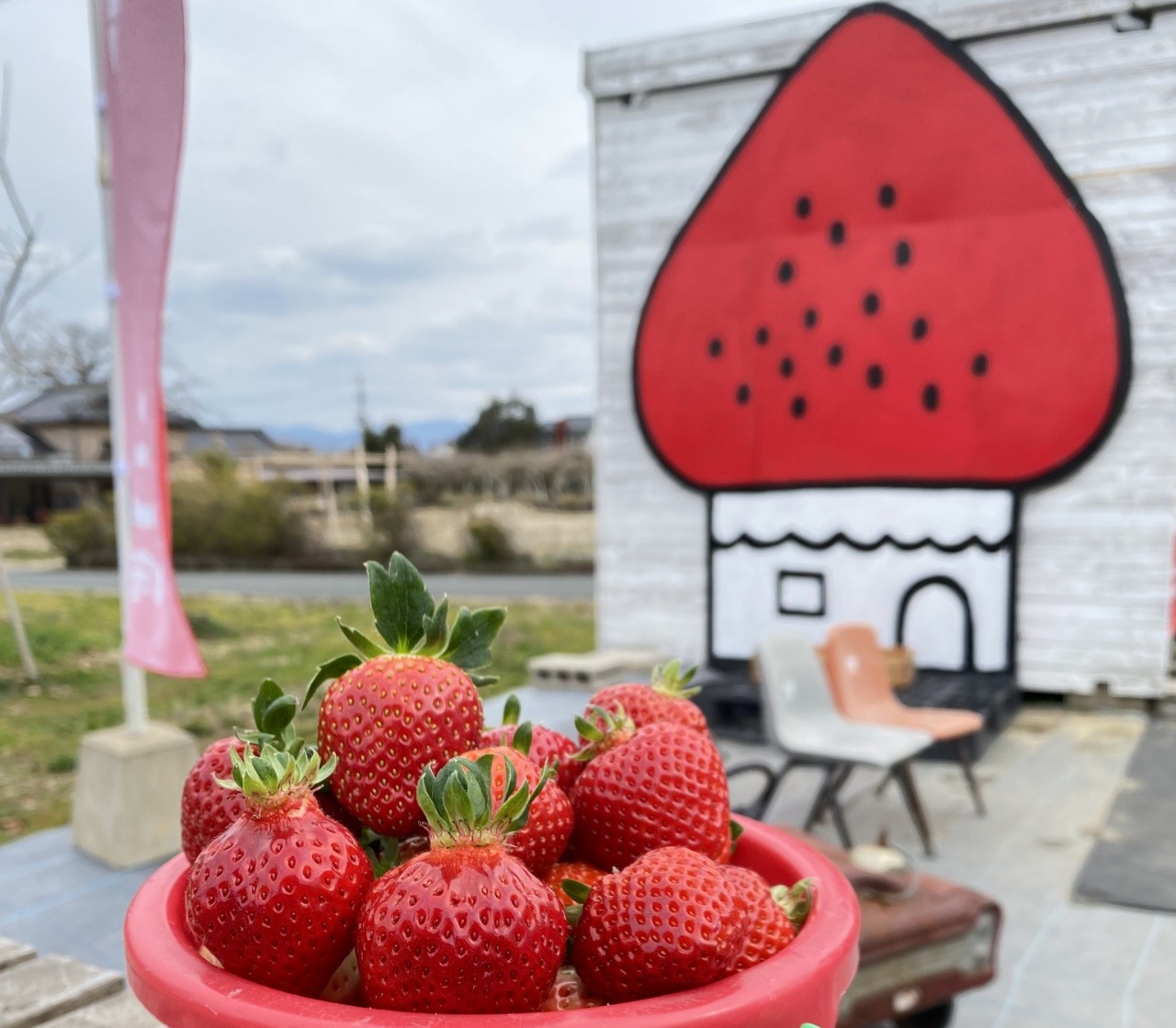 Strawberry Picking (Migita Orchard) 25.01.11 ~ 25.04.20
Strawberry Picking (Migita Orchard) 25.01.11 ~ 25.04.20

